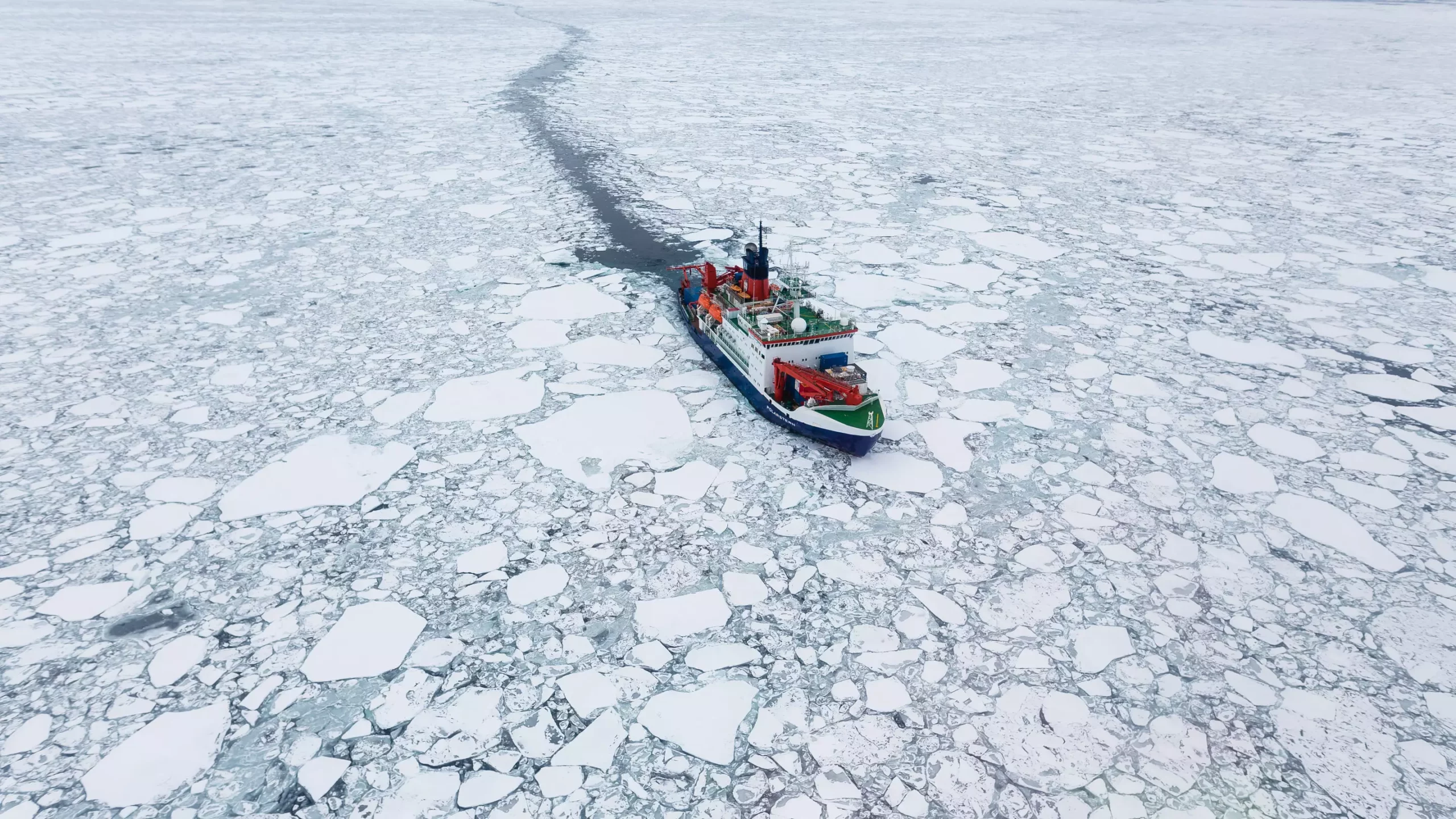A recent modeling study conducted by researchers at UCL reveals that the warming in the Arctic is occurring nearly four times faster than the global average rate. This faster warming trend in the Arctic is projected to result in a global temperature rise of 2 degrees Celsius happening eight years earlier than if the region were warming at the average global rate. Published in the journal Earth System Dynamics, this study aims to estimate the impact of rapid Arctic warming on breaching the critical temperature thresholds set out in the Paris Agreement. These thresholds include a temperature rise of 1.5 degrees Celsius and 2 degrees Celsius.
To assess the timing of breaching these thresholds, the research team created climate change projections that do not account for rapid Arctic warming. By comparing these projections to the “real-world” models, the study found that in the absence of fast Arctic warming, the critical thresholds were breached five and eight years later than the projected dates of 2031 and 2051, respectively. The researchers also noted that the disproportionate and rapid warming in the Arctic, known as Arctic amplification, introduced significant uncertainty to climate forecasts. The variation in model projections for the Arctic region is greater compared to the rest of the planet.
The Need for Extensive Monitoring and Understanding
Alistair Duffey, the lead author of this study, emphasizes the global significance of rapid Arctic warming. The study quantifies the substantial impact of Arctic warming on the timing of breaching critical climate thresholds and highlights the need for more extensive monitoring of Arctic temperatures both in-situ and via satellites. Furthermore, Duffey stresses the importance of better understanding the processes occurring in the Arctic to improve forecasts of global temperature rise.
Local Impacts of Arctic Warming
While the study focuses on the global implications of Arctic warming, it acknowledges the local effects that should not be overlooked. A 2 degrees Celsius temperature rise globally would result in a 4 degrees Celsius annual mean increase in the Arctic and a 7 degrees Celsius rise in winter. These temperature changes would have profound consequences for local communities and ecosystems in the region. Additionally, rapid warming in the Arctic has global repercussions, such as sea level rise and the release of more carbon into the atmosphere through permafrost thawing.
Dr. Robbie Mallett, a co-author of the study, highlights that Arctic climate change often receives less attention from policymakers due to its geographic location beyond national boundaries. However, the study underscores the significant impact of the Arctic on global climate targets, such as those outlined in the Paris Agreement. With the crisis already unfolding in the region, Mallett hopes that this research will draw more attention to the urgent need for action.
Arctic amplification, the phenomenon of rapid warming in the Arctic, is primarily driven by two factors. First, the retreat of sea ice leads to increased absorption of sunlight and heat by water instead of reflecting them back into space. Second, there is less vertical mixing of air in the poles compared to the tropics, which traps warmer air near the Earth’s surface. These factors contribute to the intensified warming observed in the Arctic, particularly during the winter months.
For this study, the researchers analyzed an ensemble of 40 climate models used in the UN’s 2021 climate change report. By modifying the models to exclude rapid Arctic warming, the researchers assessed the impact on temperature projections. They found that the removal of rapid Arctic warming resulted in later breaching of temperature thresholds across different emissions scenarios. Temperature projections for the Arctic exhibited more significant variations between models compared to other regions, accounting for 15% of the uncertainty in overall projections despite the Arctic only representing 4% of the Earth’s surface area.
The Paris Agreement’s target is to limit the global average temperature rise to “well below 2 degrees Celsius above pre-industrial levels” and to pursue efforts to “limit the temperature increase to 1.5 degrees Celsius.” The breach of temperature thresholds is considered when average global temperatures over a 20-year period are 1.5 degrees Celsius or 2 degrees Celsius higher than pre-industrial levels. Given that the Arctic has already warmed by 2.7 degrees Celsius since the pre-industrial era, the study’s findings underscore the urgency of addressing the ongoing warming crisis in the region.
The rapid warming occurring in the Arctic has significant implications for global temperature rise. This study highlights the importance of monitoring Arctic temperatures, understanding the processes driving Arctic amplification, and recognizing the local and global impacts of Arctic warming. With the critical temperature thresholds of the Paris Agreement at stake, urgent action is required to mitigate the effects of this escalating crisis and protect both the Arctic region and the planet as a whole.


Leave a Reply